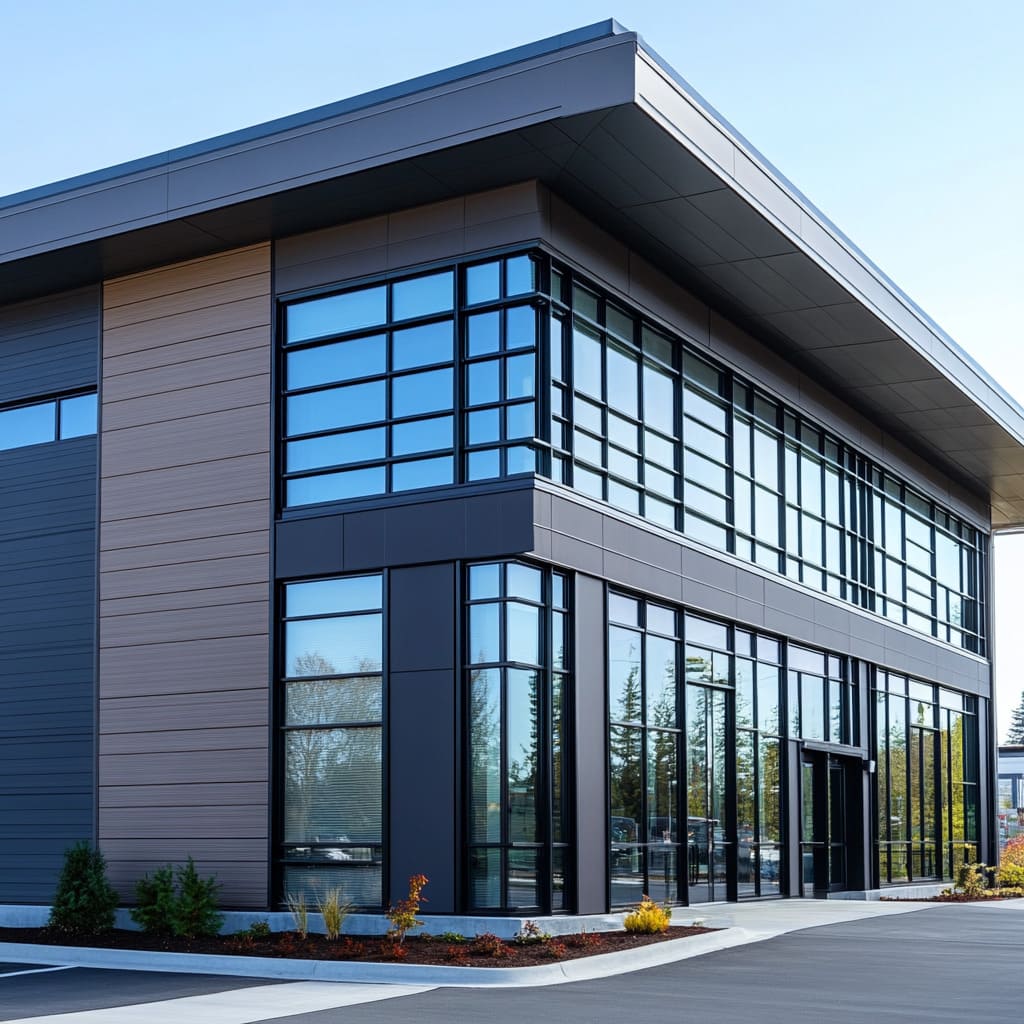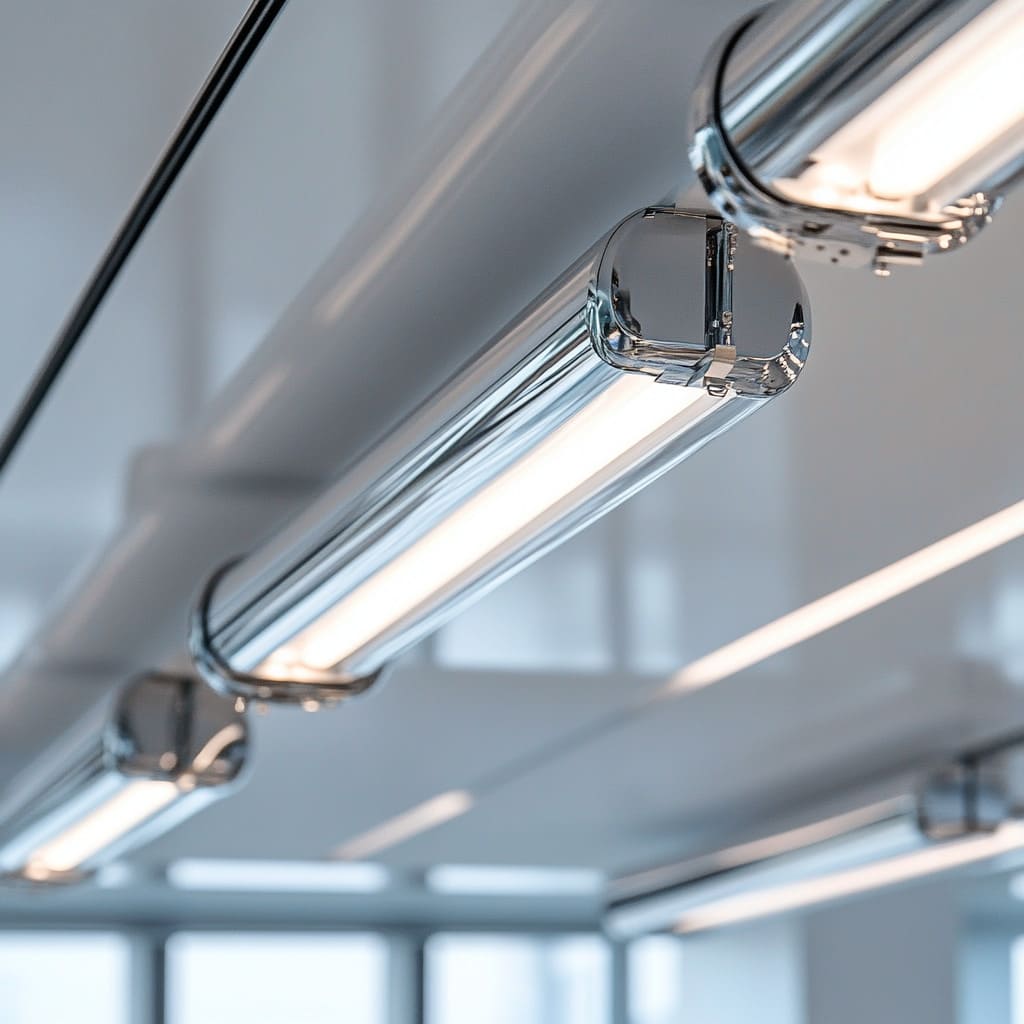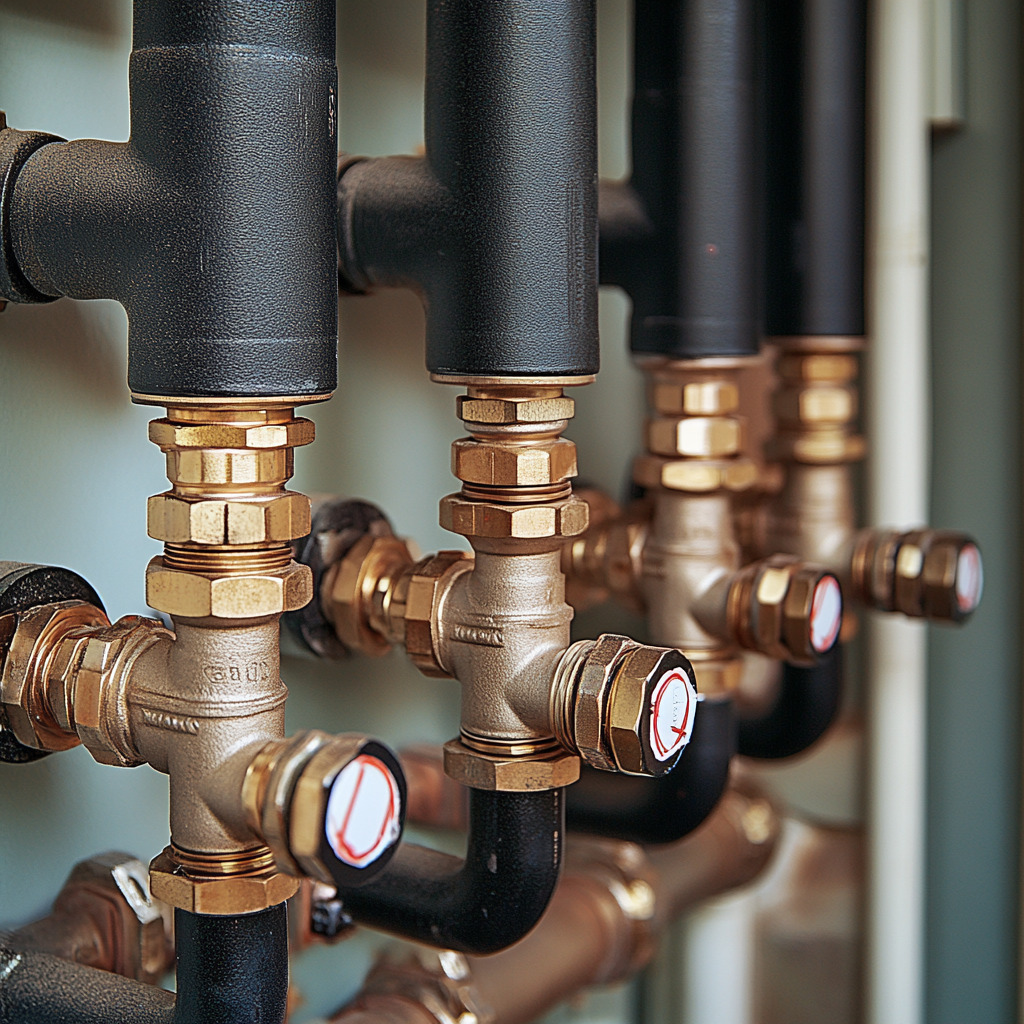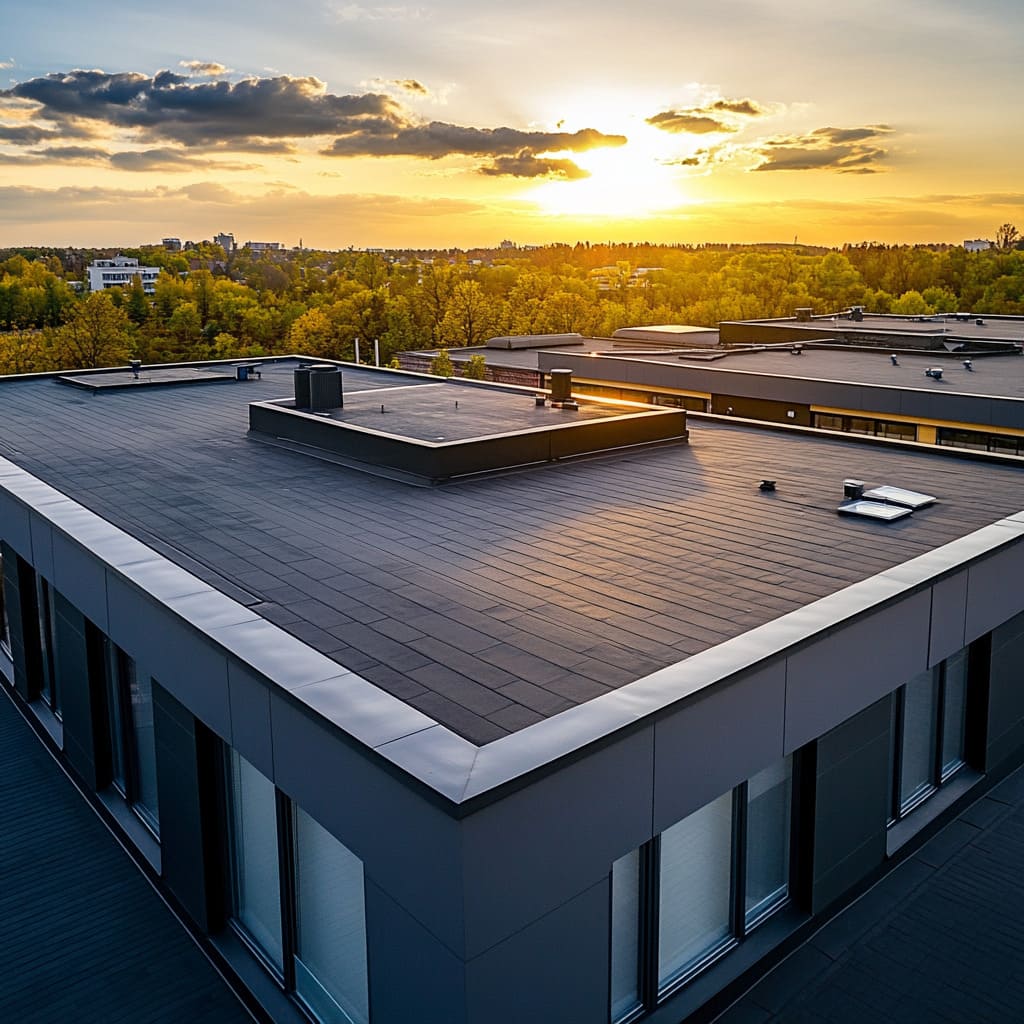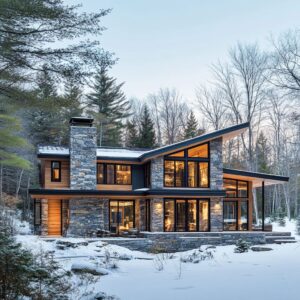Maintaining a commercial property involves much more than keeping the building clean. Regular upkeep is essential to ensure that your property remains safe, functional, and appealing to tenants and visitors.
Preventive maintenance covers a wide range of tasks, from HVAC system inspection and servicing to fire escape restoration and beyond.
It also demands a proactive approach to address potential issues before they become costly repairs or safety hazards. In this post, we’ll go over the key components of preventive maintenance for commercial properties.
We’ll discuss how these practices can save you time, money, and stress in the long run.
The Importance of Preventive Maintenance
As emphasized earlier, preventive maintenance is all about taking proactive measures. Rather than waiting for something to break down, this approach involves regular inspections and minor repairs to ensure everything remains in working order.
For commercial properties, preventive maintenance not only extends the life of buildings and their housed equipment but also reduces the risk of accidents, such as fire hazards or structural failures. Having a commercial annual maintenance contract in place, you can prevent
- unexpected breakdowns
- major repairs that could disrupt business operations
- increased repair costs due to deferred maintenance
A well-maintained property also ensures a safe environment for employees, tenants, and visitors, reducing liability risks.
Key Areas to Focus on in Preventive Maintenance
While each commercial property may have unique needs, some core areas require regular attention to ensure optimal performance.
1. HVAC Systems
One of the most critical components of a commercial property is its heating, ventilation, and air conditioning (HVAC) system. An HVAC failure can cause discomfort, drive up energy costs, and lead to expensive emergency repairs. Using the best HVAC tools for regular maintenance can help prevent such failures and ensure the system runs efficiently
Regular inspections can identify worn-out parts, improve energy efficiency, and ensure that the system operates effectively. Typical maintenance tasks for HVAC systems include:
- replacing air filters
- checking for refrigerant leaks
- cleaning coils and ducts
Keeping the HVAC system in top shape not only enhances comfort but also ensures air quality and safety for everyone on the property.
2. Fire Escape Restoration and Safety Inspections
Fire escapes are often overlooked in maintenance schedules, but neglecting them can be dangerous and costly. Fire escape restoration ensures that the structure is free of rust, corrosion, and other damage that may compromise its function during an emergency.
In addition to fire escape restoration, regular safety inspections of fire alarms, sprinklers, and exit signage are crucial. Ensuring that your building’s fire safety measures are up to code protects the occupants and reduces the risk of legal liabilities.
3. Roofing and Exterior Maintenance
Roofing issues can escalate quickly if not addressed. Water damage, mold growth, and compromised structural integrity are just a few problems that can arise from a neglected roof.
Schedule regular roof inspections to look for damaged shingles, clogged gutters, and leaks. Exterior maintenance also involves checking for cracks in the walls, loose siding, or damaged windows. In many cases, using durable fasteners such as eye lag screws can help secure exterior fixtures, ensuring stability and preventing future wear and tear.
Prompt repairs can prevent more severe issues and keep the building looking professional.
4. Plumbing Systems
Leaky pipes or malfunctioning plumbing systems can cause significant water damage if left unchecked. Preventive maintenance in this area includes checking for leaks, inspecting water heaters, and ensuring that drains and toilets are functioning properly.
Addressing minor plumbing issues early on can help you avoid costly repairs and potential damage to the property’s structure.
Implementing Preventive Maintenance Strategies
Creating a comprehensive preventive maintenance plan involves several steps:
- Develop a Maintenance Schedule: Create a detailed schedule that outlines all maintenance tasks, including their frequency and responsible personnel. This ensures that no critical tasks are overlooked.
- Conduct Regular Inspections: Regular inspections are the cornerstone of effective preventive maintenance. Schedule routine checks for all major systems and components of the property. Inspections should be thorough and documented.
- Keep Detailed Records: Maintain detailed records of all maintenance activities, including inspections, repairs, and replacements. This documentation helps track the history of maintenance and can be valuable for future planning and budgeting.
- Hire Qualified Professionals: Ensure that maintenance tasks are performed by qualified professionals. This includes HVAC technicians, electricians, plumbers, and other specialists. Hiring skilled personnel ensures that the work is done correctly and safely.
Don’t overlook ground-level protection when putting together your maintenance plan. Periodic checks around the building’s base can reveal early signs of wear or cracking. Applying foundation sealant as part of routine upkeep can help prevent water from entering and weakening the structure over time.
Conclusion
Preventive maintenance is essential for the longevity and safety of commercial properties. Focusing on key areas such as HVAC systems, roofing, electrical systems, and fire escape restoration allows property owners to address potential issues and avoid costly repairs proactively.
Additionally, implementing a well-structured maintenance plan, conducting regular inspections, and keeping detailed records are crucial steps in maintaining a safe and efficient property. As we’ve explored in this article, investing in preventive maintenance is a smart strategy that safeguards your investment and ensures the long-term success of your commercial property.

